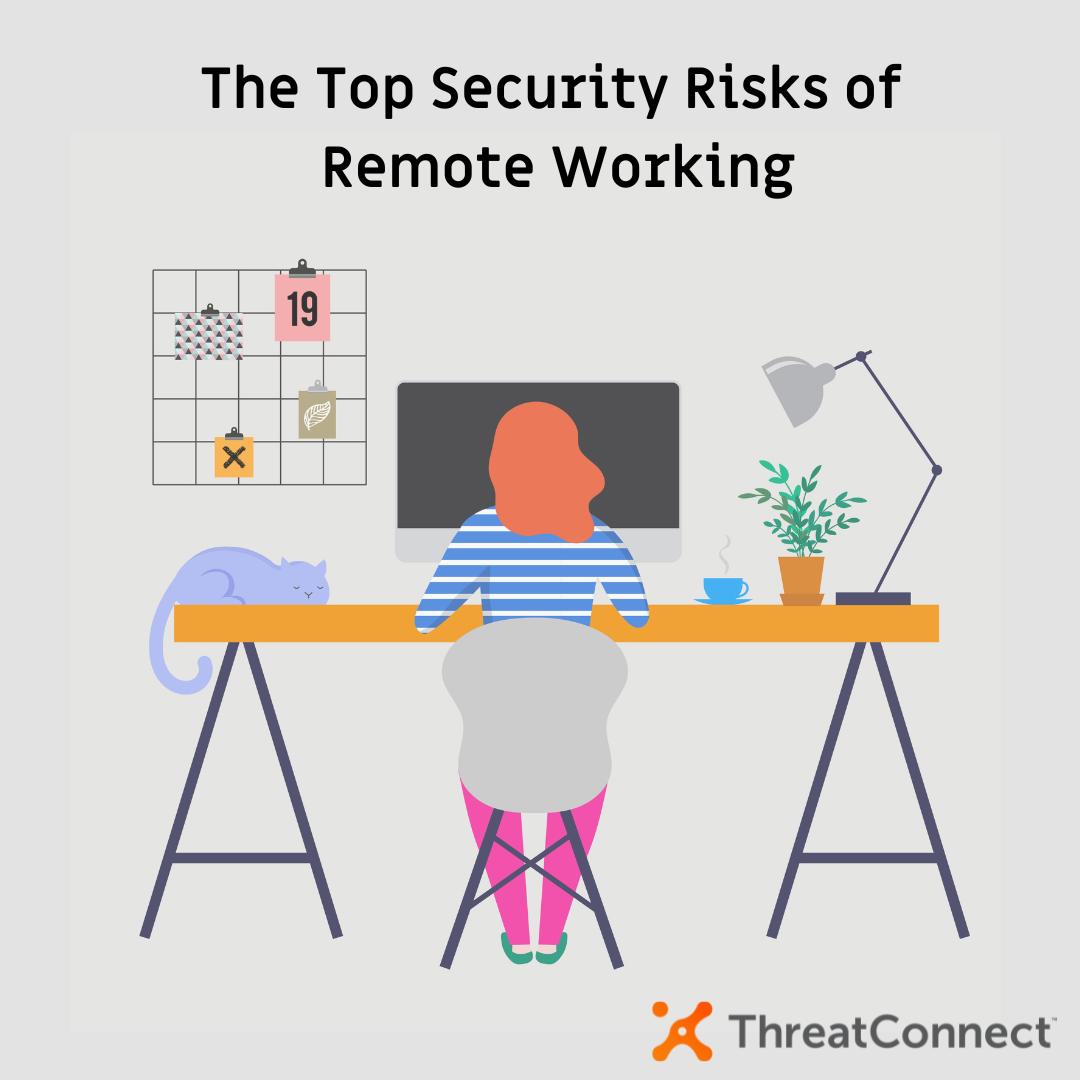Posted
The pandemic brought major changes to the way organizations work. The rapid adoption of work from anywhere (WFA), completely changed the enterprise cybersecurity landscape. A recent survey, led by Ipsos Research and management consulting firm, McKinsey, shows that 92 million US workers have the opportunity to work remotely. During the survey, 25,000 Americans were queried, and 58% of those surveyed noted that they can work from home at least one day per week.
The Dangers of WFA Environments
Approximately 54% of IT professionals believe that remote workers pose a greater security risk than on-premise workers. The larger attack surface and differences in remote worker behavior combine to create far more substantial risks for the enterprise. Challenges within the WFA environment include the broader use of potentially malicious websites and social media, the use of bring-your-own devices, home and “coffee shop” networks, password enforcement, and potentially dangerous file sharing between personal and business applications. The workload for most SOC teams is already too much. The expansion of the enterprise attack surface because of WFA only makes a bad situation worse when it comes to anticipating, monitoring, detecting, and responding to threats.
Moving Momentum Back to the Defenders
Many SOC and IT teams don’t have the basic infrastructure they need to anticipate likely threats, optimize their defenses, and then react with speed. Threat intelligence platforms are a key part of the defensive infrastructure your teams need to maximize insight on potential attackers, especially those that might be targeting WFA vulnerabilities. Well coordinated, managed, and shared threat intelligence data can help you identify potential threats to WFA workers, and, the most likely tactics, techniques, and procedures these threat actors might employ.
Orchestration and automation add a layer of speed, efficiency, and accuracy to critical infrastructure interoperation and process flow. The workload for most SOC and IT organizations can be quite heavy for WFA. Now your response to WFA activity can be done with automation controlling workflows, data collection, and analysis. Your team can more quickly identify false positives, and merge similar security incidents into one to improve the efficacy and speed of response. Orchestration also helps automate and connect your key data sources and cybersecurity controls in one place. This enables the SOC to best respond to security events from all of your endpoints. Organizations can implement the policies and security controls necessary to mitigate these WFA attacks faster.
Here is How ThreatConnect Can Help Defend WFA
The ThreatConnect Platform helps your team identify and defeat threats that exist in the WFA environment. Being able to leverage threat intelligence rapidly and make it actionable helps defenders minimize the gap between threat actor activity and their defensive posture. As your defenders identify, investigate, and memorialize intelligence in the ThreatConnect Platform, this new knowledge can be applied to enhance detection, prevention, and mitigation across your organization’s entire cybersecurity ecosystem.
ThreatConnect also shares information on the responsible threat groups if attribution occurs. This attribution and disambiguation is important because it maximizes the available information that might be the difference between a successful, versus a failed, ransomware attack.
The ThreatConnect Platform Helps the SOC Outperform
ThreatConnect’s built-in low-code automation and orchestration reduces workloads and helps your team make better security and business decisions. Your SOC will benefit from faster, smarter, and repeatable efficient processes with accessible and readily available intelligence, and customizable workflows in one platform.
With ThreatConnect, use threat intelligence to increase the accuracy, confidence, and precision of your tasks and playbooks. Improve and adapt processes in real-time by continuing to feed internally created threat intelligence from all sources back into your Threat Library, where it can be incorporated with external threat intel for even higher-fidelity intelligence.
Learn More
To learn more about how ThreatConnect can help you maximize insight, increase efficiency, and improve overall collaboration to better defend and protect your remote workers, please take a look at the ThreatConnect Platform. Reach out to us, and we’ll be pleased to share a customized demonstration of the ThreatConnect Platform.
